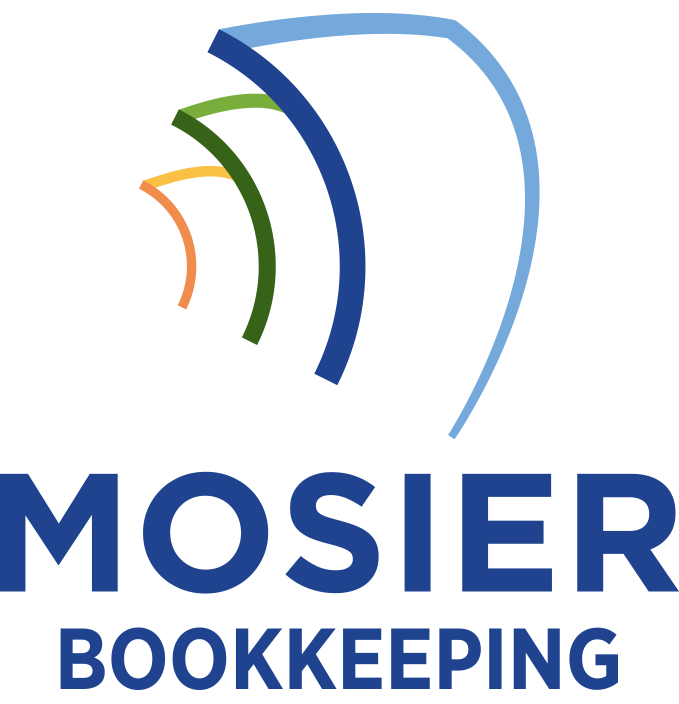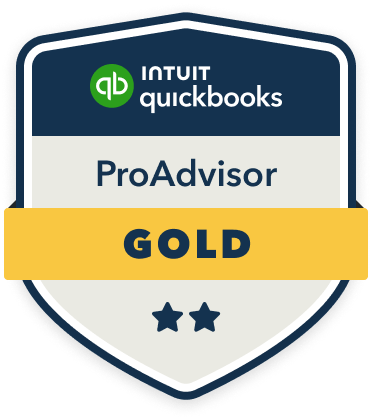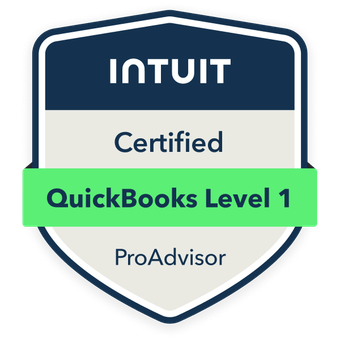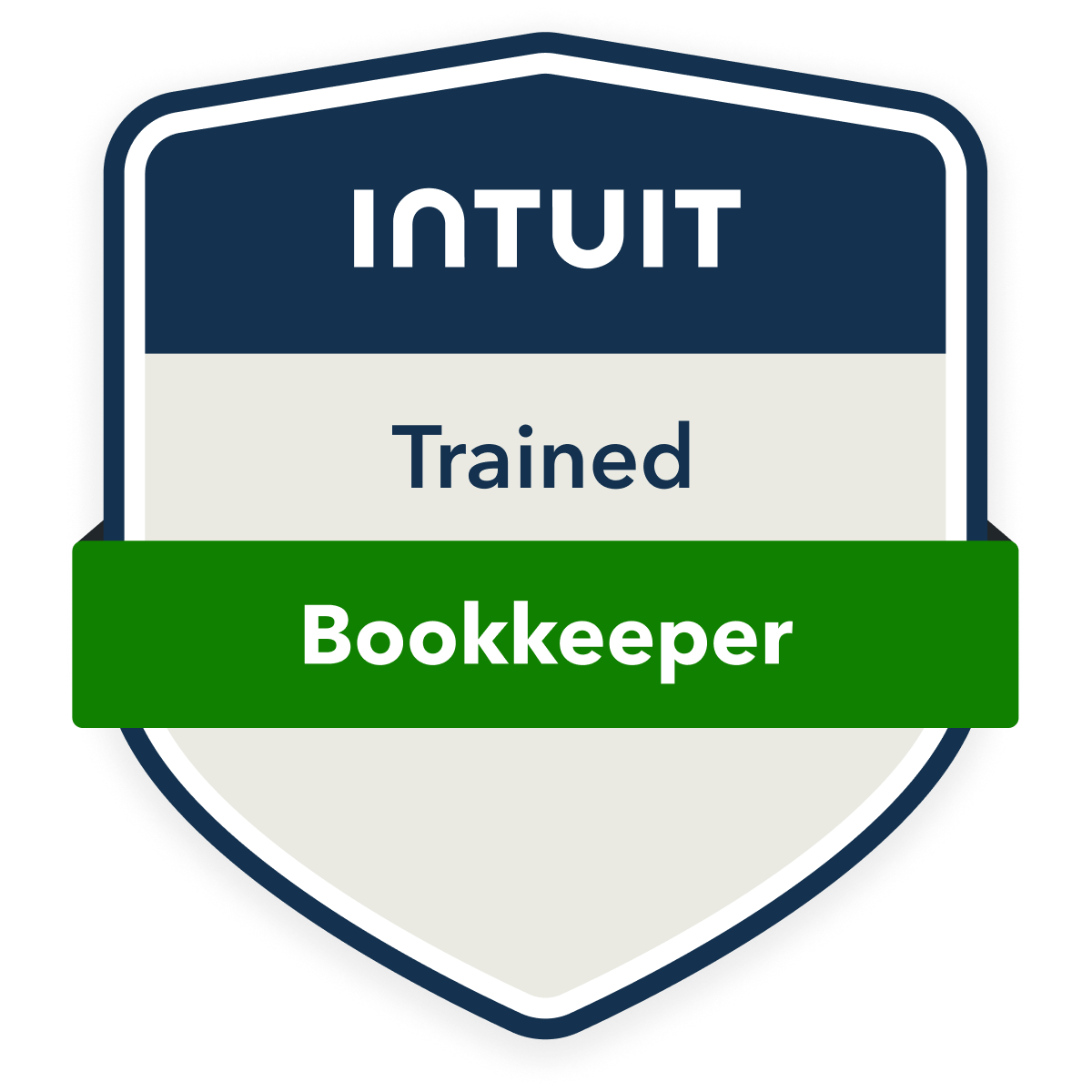Effective bookkeeping helps you optimize supply chain costs by tracking key metrics across five critical areas. I’ll show you how to monitor inventory carrying costs, leverage supplier payment terms, document transportation expenses, evaluate fulfillment efficiency, and identify hidden costs that drain resources. Through detailed data collection and analysis, you’ll gain the visibility needed to negotiate better rates, reduce waste, and maximize discounts. Let’s explore how precise financial tracking transforms your supply chain performance.
Track and Analyze Inventory Carrying Costs
While many businesses focus primarily on purchase prices, tracking inventory carrying costs reveals substantial hidden expenses that can erode profitability. I recommend monitoring storage costs, insurance premiums, depreciation rates, and opportunity costs tied to your working capital. By implementing precise tracking systems, I can identify which SKUs drain resources through extended holding periods.
I leverage data analytics to establish ideal reorder points and quantities, reducing excess stock while maintaining service levels. This systematic approach typically cuts carrying costs by 15-25%, freeing capital for strategic investments. I measure success through inventory turnover ratios and holding cost reduction metrics.
Monitor Supplier Payment Terms and Discounts
Negotiating favorable payment terms and early payment discounts can substantially impact a company’s cash flow and bottom line. I recommend tracking these details meticulously in your bookkeeping system, categorizing each supplier’s terms and available discounts in a structured database.
I’ll show you how to calculate the annualized savings from early payment discounts. For example, a 2/10 net 30 term translates to a 36.5% annual return. By monitoring payment schedules and discount deadlines, you can prioritize payments strategically. I’ve found that implementing automated alerts for discount deadlines guarantees you’ll never miss these cost-saving opportunities.
Document Transportation and Logistics Expenses

Since transportation costs often represent 15-20% of total supply chain expenses, maintaining detailed records of freight, shipping, and logistics costs is crucial for optimization. I recommend tracking these key cost components systematically in your books:
- Line-item fuel surcharges, accessorial fees, and base rates for each shipment mode
- Per-mile costs broken down by carrier, route, and vehicle type
- Warehousing expenses including storage, handling, and cross-docking fees
- Last-mile delivery costs separated by zone, service level, and seasonal variations
This granular documentation enables me to identify cost-saving opportunities, negotiate better rates, and maximize transportation ROI.
Evaluate Order Fulfillment Efficiency
Three critical metrics form the foundation of order fulfillment efficiency analysis: order accuracy, processing speed, and fill rates. I track these metrics daily using specialized software that captures real-time data from our warehouse management system.
I’ve found that comparing order accuracy against industry benchmarks reveals immediate optimization opportunities. When I analyze processing speed, I focus on bottlenecks in picking, packing, and shipping operations. I measure fill rates by monitoring stock availability and backorder frequency.
I recommend implementing automated data collection to guarantee precise metric tracking. This empowers you to make data-driven decisions that boost operational efficiency and reduce fulfillment costs.
Identify Hidden Supply Chain Expenses

Beyond order fulfillment metrics, my analysis has uncovered numerous hidden expenses that impact the total cost of supply chain operations. I’ve identified critical areas that often slip through standard accounting practices, directly affecting your bottom line.
- Excess inventory holding costs, including insurance, depreciation, and opportunity costs tied to working capital
- Indirect labor expenses from overtime, training, and temporary staff during peak periods
- Quality control failures leading to returns, rework, and damaged customer relationships
- IT system maintenance, upgrades, and integration costs across multiple platforms
Leverage Data for Vendor Negotiations
Data-driven vendor negotiations can make or break your supply chain costs. I recommend leveraging your bookkeeping data to identify pricing trends, volume discounts, and delivery performance metrics. Track each vendor’s historical prices, service levels, and payment terms to build a compelling negotiation strategy.
I’ve found that presenting suppliers with concrete data on their performance against competitors strengthens your bargaining position. Calculate cost-per-unit metrics, late delivery rates, and quality indicators. Armed with these analytics, you’ll expose pricing inefficiencies and service gaps. Use this evidence to negotiate better terms, secure volume-based discounts, and optimize payment schedules.
